Home>Garden Essentials>Garden Plants>How Often To Water Thyme
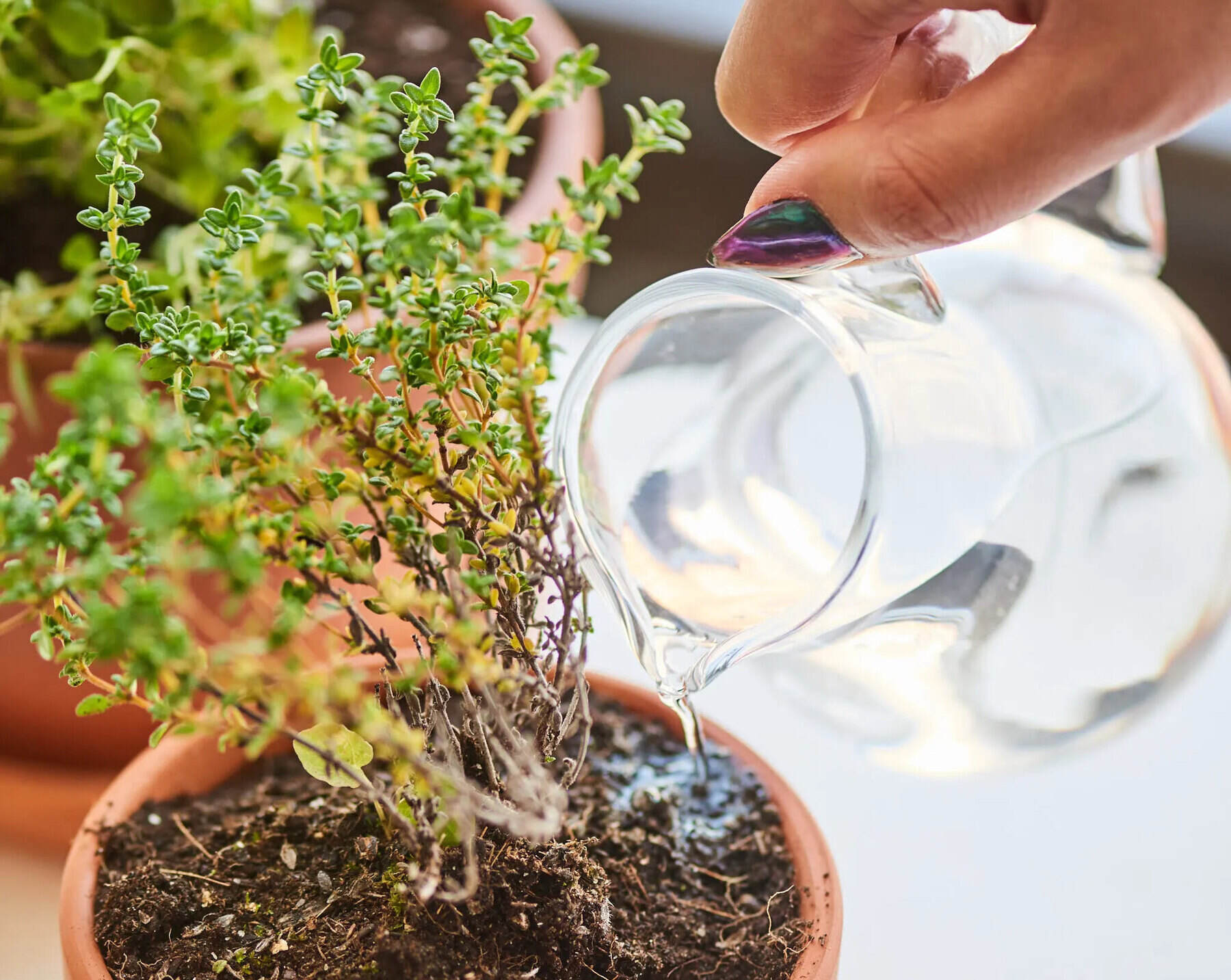

Garden Plants
How Often To Water Thyme
Modified: December 7, 2023
Discover the best watering schedule for thyme plants. Learn how often to water thyme to ensure lush growth and healthy foliage.
(Many of the links in this article redirect to a specific reviewed product. Your purchase of these products through affiliate links helps to generate commission for Storables.com, at no extra cost. Learn more)
Introduction
Thyme, known for its fragrant aroma and versatile culinary uses, is a popular herb among gardeners and cooking enthusiasts. Whether you have thyme planted in a pot or in your garden, it is essential to understand the proper watering needs of this herb to ensure its healthy growth and abundant harvest.
Watering is a crucial factor in maintaining the overall health and vitality of thyme plants. However, providing the perfect amount of water can be challenging, as both under-watering and over-watering can have adverse effects on the plant. In this article, we will explore the factors that influence thyme’s watering needs, the evaluation of soil moisture, and the recommended watering frequencies for potted and ground-planted thyme plants.
Understanding and meeting your thyme plant’s watering requirements will not only promote its growth but also contribute to its ability to produce aromatic leaves that can elevate your culinary creations to new heights.
Key Takeaways:
- Proper watering is crucial for thyme plants, considering factors like climate, soil drainage, and growth stage. Monitoring soil moisture and adjusting watering frequency ensures healthy, aromatic thyme for culinary delights.
- Signs of overwatering and underwatering in thyme plants help guide watering practices. Understanding these signs and adjusting watering habits accordingly promotes vibrant, flavorful thyme for culinary creations.
Read more: How Often To Water The Grass
Factors Affecting Thyme’s Watering Needs
Several factors influence the watering needs of thyme plants. By considering these factors, you can determine the optimal watering schedule to keep your thyme healthy and thriving:
- Climate: Thyme’s watering requirements vary based on the climate in which it is grown. In hot and dry climates, thyme may require more frequent watering to prevent the soil from drying out completely. On the other hand, in cooler and more humid regions, thyme may not require watering as frequently.
- Season: The watering needs of thyme can fluctuate depending on the season. During the hotter months of summer, thyme may need more frequent watering to prevent dehydration. In contrast, during the cooler months of fall and winter, thyme may require less watering due to reduced evaporation rates.
- Type of Thyme: Different thyme varieties may have varying watering requirements. Some varieties are more drought-tolerant and can withstand longer periods without water, while others may be more water-sensitive and require more frequent watering. It’s important to research the specific variety of thyme you have to determine its watering needs.
- Soil Drainage: Thyme plants prefer well-draining soil that allows excess water to escape easily. Soil that retains water can lead to root rot and other issues. If the soil is not well-draining, it’s important to amend it with organic matter, such as compost, to improve drainage.
- Plant Size and Growth Stage: The size and growth stage of the thyme plant can impact its watering requirements. Generally, young seedlings and newly planted thyme plants require more frequent watering until they establish a strong root system. Mature thyme plants, on the other hand, are more resilient and can tolerate longer periods between waterings.
By considering these factors, along with regular observation of your thyme plant’s appearance and soil moisture levels, you can determine the ideal watering frequency for your specific growing conditions. The next section will delve into how to evaluate soil moisture to effectively gauge when your thyme plant needs watering.
Evaluating Soil Moisture
Properly assessing soil moisture is essential in determining when to water your thyme plants. While each plant may have slightly different moisture requirements, there are some general guidelines you can follow to evaluate the moisture levels in the soil:
- Visual Inspection: One of the simplest ways to assess soil moisture is through visual observation. Take a close look at the soil surface and see if it appears dry or moist. If the top layer of soil is dry to the touch, it may be an indication that the thyme plant needs watering.
- Inserting Finger: Another method is to insert your finger into the soil up to the first knuckle. If the soil feels dry at that depth, it indicates that the moisture has decreased and the plant may require watering. However, if the soil feels moist, it may indicate that the plant has sufficient moisture and does not require immediate watering.
- Using a Moisture Meter: Moisture meters are handy tools that can provide accurate readings of the soil’s water content. Insert the moisture meter’s probe into the soil at various locations and depths around the thyme plant. The meter will display the moisture level, indicating whether the soil is dry, moist, or saturated. This can help you make more informed decisions about watering.
- Weight of the Pot: If your thyme is planted in a pot, you can evaluate the soil moisture by lifting the pot. When the soil is thoroughly moistened, it will weigh more compared to dry soil. Lift the pot and get a sense of its weight. Over time, you will become familiar with the weight difference between wet and dry soil, enabling you to assess the moisture level by simply lifting the pot.
- Using Drip Trays: Drip trays placed under potted thyme plants can help indicate the moisture level. When you water the plant, any excess water will drain into the tray. Check the tray after a few hours to see if there is any water collected. If the tray is empty, it suggests that the soil has absorbed the water and the plant may require watering.
By using these methods to evaluate soil moisture, you can better understand when your thyme plant needs watering. The next sections will provide specific watering guidelines for potted thyme plants and those planted in the ground.
Watering Frequency for Potted Thyme Plants
Potted thyme plants require a slightly different watering approach compared to those planted directly in the ground. The limited space of a pot can affect moisture retention and drainage. To keep your potted thyme plants healthy and thriving, follow these watering guidelines:
- Consistent Moisture: Thyme plants in pots prefer consistent moisture levels. Allow the top inch of the potting soil to dry out before watering again. This ensures that the soil is not constantly wet, which can lead to root rot, but also prevents the plant from drying out completely.
- Watering Method: When watering potted thyme, use a gentle watering method to avoid disturbing the soil and root system. Pour water slowly and evenly around the plant until you see it draining from the bottom of the pot. This ensures the water reaches the deeper roots and allows excess water to escape.
- Drainage Holes: Ensure that your pot has drainage holes at the bottom to prevent water from accumulating and causing waterlogged roots. If your pot doesn’t have drainage holes, it’s important to drill some or consider repotting your thyme into a container with proper drainage.
- Watering Frequency: The frequency of watering potted thyme plants will depend on various factors, including the size of the pot, climate, and season. Generally, you will need to water potted thyme every 7-10 days during dry and warm periods. However, it’s essential to check the moisture level using the evaluation methods mentioned earlier to ensure proper watering.
- Adjusting with Season and Climate: During the hotter summer months, potted thyme plants may require more frequent watering due to increased evaporation. In contrast, during cooler periods, such as fall and winter, you may need to water less frequently as the plant’s water requirements decrease.
Remember, every plant and growing environment is unique, so it’s important to monitor your potted thyme plant’s specific needs and adjust the watering frequency accordingly. With consistent moisture and proper drainage, your potted thyme will flourish and provide you with an abundant supply of flavorful leaves.
Water thyme when the top inch of soil is dry. This usually means watering every 7-10 days, but adjust based on your specific growing conditions.
Watering Frequency for Thyme Planted in the Ground
Thyme plants that are planted directly in the ground have slightly different watering needs compared to potted plants. The larger soil volume and natural drainage of the ground allow for different watering considerations. Here are some guidelines for watering thyme plants in the ground:
- Establishment Period: Newly planted thyme in the ground requires more frequent watering to help establish its root system. Water the plants deeply immediately after planting and continue regular watering for the first few weeks until the roots are well-established.
- Deep Watering: Deep watering encourages thyme plants to develop deep and robust root systems. Water the plants thoroughly, applying water at the base of the plant rather than sprinkling it on the leaves. This helps prevent evaporation and allows the water to reach the roots.
- Infrequent Watering: Once thyme plants are established, they generally prefer infrequent but deep watering. Water the plants deeply once every 10-14 days, depending on the weather conditions. This allows the soil to dry out slightly between waterings and encourages the roots to grow deeper in search of moisture.
- Consider Rainfall: Take into account the natural rainfall in your area when determining the watering frequency for thyme planted in the ground. If your region receives regular rainfall, you may need to water less frequently. On the other hand, if it’s a period of drought, you may need to increase the watering frequency.
- Monitor Soil Moisture: Regularly evaluate the moisture levels in the soil around the thyme plants. Use the methods mentioned earlier, such as visual inspection, inserting your finger into the soil, or using a moisture meter, to gauge the moisture content. Adjust the watering frequency accordingly to maintain consistent moisture without overwatering.
- Watering Time: Water thyme plants in the early morning or late evening to minimize moisture loss through evaporation. Avoid watering during the hottest part of the day, as the water may quickly evaporate, leaving the soil dry.
Remember, these are general guidelines, and you may need to adjust the watering frequency based on your specific climate, soil conditions, and the overall health of your thyme plants. By providing consistent deep watering and monitoring soil moisture levels, you can ensure that your thyme plants in the ground remain healthy and resilient.
Read more: How Often To Water Zoysia Grass
Signs of Overwatering Thyme
While proper watering is crucial for thyme plants, overwatering can be detrimental to their health. Overly wet soil can lead to root rot, fungal diseases, and a weakened plant. It’s important to be vigilant for signs of overwatering to address the issue promptly. Here are some common signs to look out for:
- Yellowing Leaves: One of the most common signs of overwatering is yellowing of the leaves. If the lower leaves of your thyme plants turn yellow and start to drop, it may indicate excessive moisture. Additionally, the leaves may appear soft or mushy when touched.
- Wilting: Paradoxically, overwatered thyme plants may also exhibit wilting. This is due to the roots drowning in waterlogged soil, preventing them from absorbing necessary oxygen. If your thyme plants look wilted despite the soil being consistently moist, it’s a sign of overwatering.
- Mold or Fungus: Overly moist soil creates a conducive environment for mold and fungus growth. If you spot the presence of mold or fungus on the soil surface or near the base of the plant, it’s a clear indication of excessive moisture. Take immediate action to correct the watering practices and improve soil drainage.
- Stunted Growth: Overwatering can hinder the growth of thyme plants. If your thyme seems to be growing slowly or has stopped growing altogether, it may be a result of inadequate oxygen supply to the roots caused by excessive moisture in the soil.
- Root Rot: One of the most severe consequences of overwatering is root rot. If you notice a foul smell coming from the soil, or if the roots appear dark, mushy, or rotting, it’s a clear sign of root rot. In this case, it’s essential to address the overwatering issue and consider replanting in well-draining soil.
- Pest Infestation: Overwatered plants are more susceptible to pest problems, as the excess moisture weakens the plant’s defense mechanisms. Look out for an increase in pest activity, such as aphids, fungus gnats, or root nematodes. Pest control measures should be taken alongside adjusting the watering practices.
If you notice any of these signs, it’s crucial to adjust your watering habits accordingly. Allow the soil to dry out between waterings and ensure proper drainage to prevent further damage to your thyme plants.
Signs of Underwatering Thyme
Underwatering can be just as detrimental to the health of thyme plants as overwatering. Insufficient water supply can lead to stunted growth, wilting, and a weakened plant. It’s important to recognize the signs of underwatering to address the issue and provide adequate hydration for your thyme plants. Here are some common signs to look out for:
- Wilting and Drooping Leaves: One of the first signs of underwatering is wilting and drooping leaves. Thyme plants will start to show signs of dehydration, with the leaves appearing limp and wilted. This is a defense mechanism to reduce water loss through transpiration.
- Dry and Crispy Leaves: When thyme plants do not receive enough water, the leaves may become dry and crispy. You may notice that the edges of the leaves begin to turn brown and curl. The plant tries to conserve water by reducing transpiration, which results in the leaves drying out.
- Stunted Growth: Lack of water can hinder the growth of thyme plants. If your thyme appears to be growing slowly or has stopped growing altogether, it may be a result of insufficient water supply. The plant’s energy is directed towards survival rather than growth.
- Soil Drying Out: Underwatered plants may cause the soil to dry out quickly. If you notice the soil becoming excessively dry and pulling away from the sides of the container or cracking in the ground, it’s an indication that the thyme plants need more water.
- Leaves Losing Color: Deprived of adequate water, the leaves of thyme plants may lose their vibrant green color and appear dull. This is due to the lack of chlorophyll production, which is essential for photosynthesis and the plant’s overall health.
- Slow Recovery: When underwatered, thyme plants may take longer to recover after watering. Unlike overwatering, where the plant quickly perks up after drying out, an underwatered thyme plant may take longer to regain its vitality even after watering. This is because the roots need time to rehydrate and reestablish proper function.
If you notice any of these signs, it’s crucial to adjust your watering frequency accordingly. Increase the amount and frequency of watering, ensuring that the soil is adequately moistened without becoming waterlogged. Regularly monitor the soil moisture and observe the appearance of the plant to prevent dehydration of your thyme plants.
Conclusion
Proper watering is essential for the health and vitality of thyme plants, whether they are potted or planted in the ground. Understanding the factors that affect thyme’s watering needs, evaluating soil moisture, and adjusting watering practices accordingly can help ensure optimal growth and productivity.
Factors such as climate, season, type of thyme, soil drainage, and plant size influence thyme’s watering requirements. By considering these factors, you can determine the ideal watering frequency for your thyme plants and create a suitable environment for their growth.
Evaluating soil moisture through visual inspection, finger testing, using moisture meters, or monitoring drip trays can help gauge when your thyme plants need watering. It’s important to strike a balance between providing enough water to maintain consistent moisture and avoiding overwatering, which can lead to root rot and other issues.
For potted thyme plants, consistent moisture and good drainage are essential. Water them when the top inch of soil is dry, using a gentle watering method and ensuring proper drainage holes in the pot. Adjust the watering frequency based on climate, season, and plant size to maintain vigorous growth.
For thyme plants planted in the ground, deep and infrequent watering is recommended. Allow the soil to dry out between waterings, considering natural rainfall and adjusting watering frequency accordingly. Regularly monitor soil moisture to prevent both underwatering and overwatering.
Signs of overwatering thyme include yellowing leaves, wilting, mold or fungus growth, stunted growth, root rot, and pest infestation. Signs of underwatering thyme include wilting, dry and crispy leaves, stunted growth, soil drying out quickly, leaves losing color, and slow recovery. Recognizing these signs helps adjust watering practices to provide optimal hydration to your thyme plants.
By understanding thyme’s watering needs, monitoring soil moisture, and responding to signs of overwatering or underwatering, you can cultivate healthy and vibrant thyme plants. With proper care and attention, your thyme will flourish, providing you with an abundance of aromatic leaves to enhance your culinary endeavors for years to come.
Frequently Asked Questions about How Often To Water Thyme
Was this page helpful?
At Storables.com, we guarantee accurate and reliable information. Our content, validated by Expert Board Contributors, is crafted following stringent Editorial Policies. We're committed to providing you with well-researched, expert-backed insights for all your informational needs.

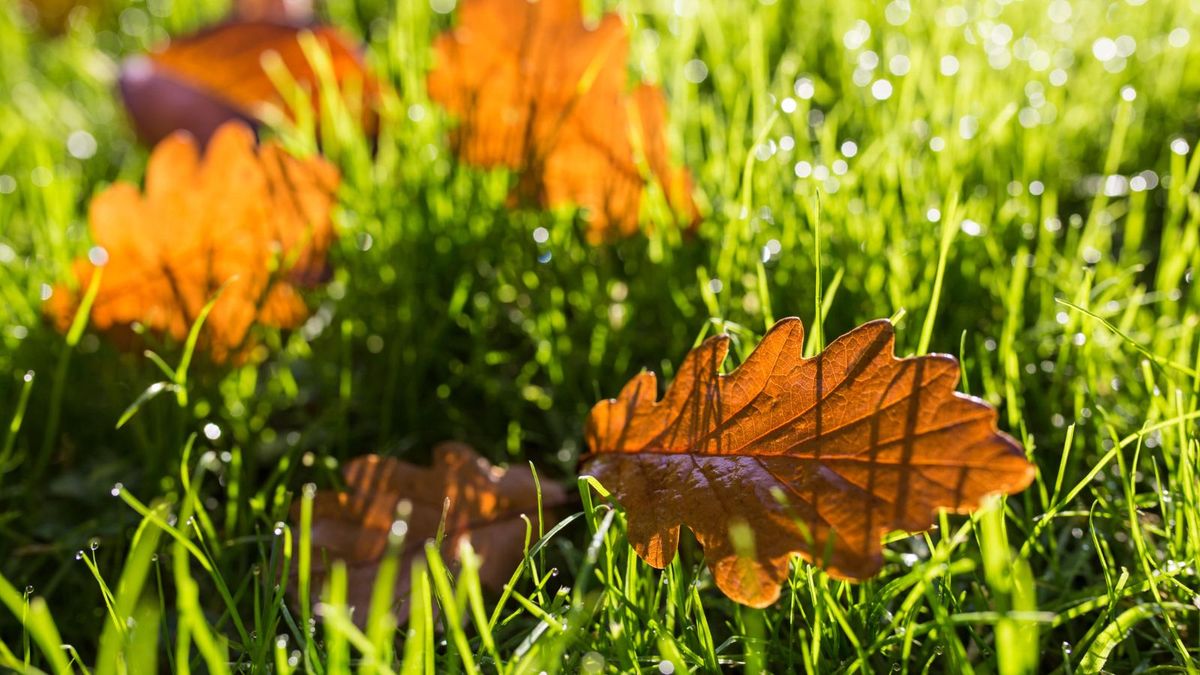

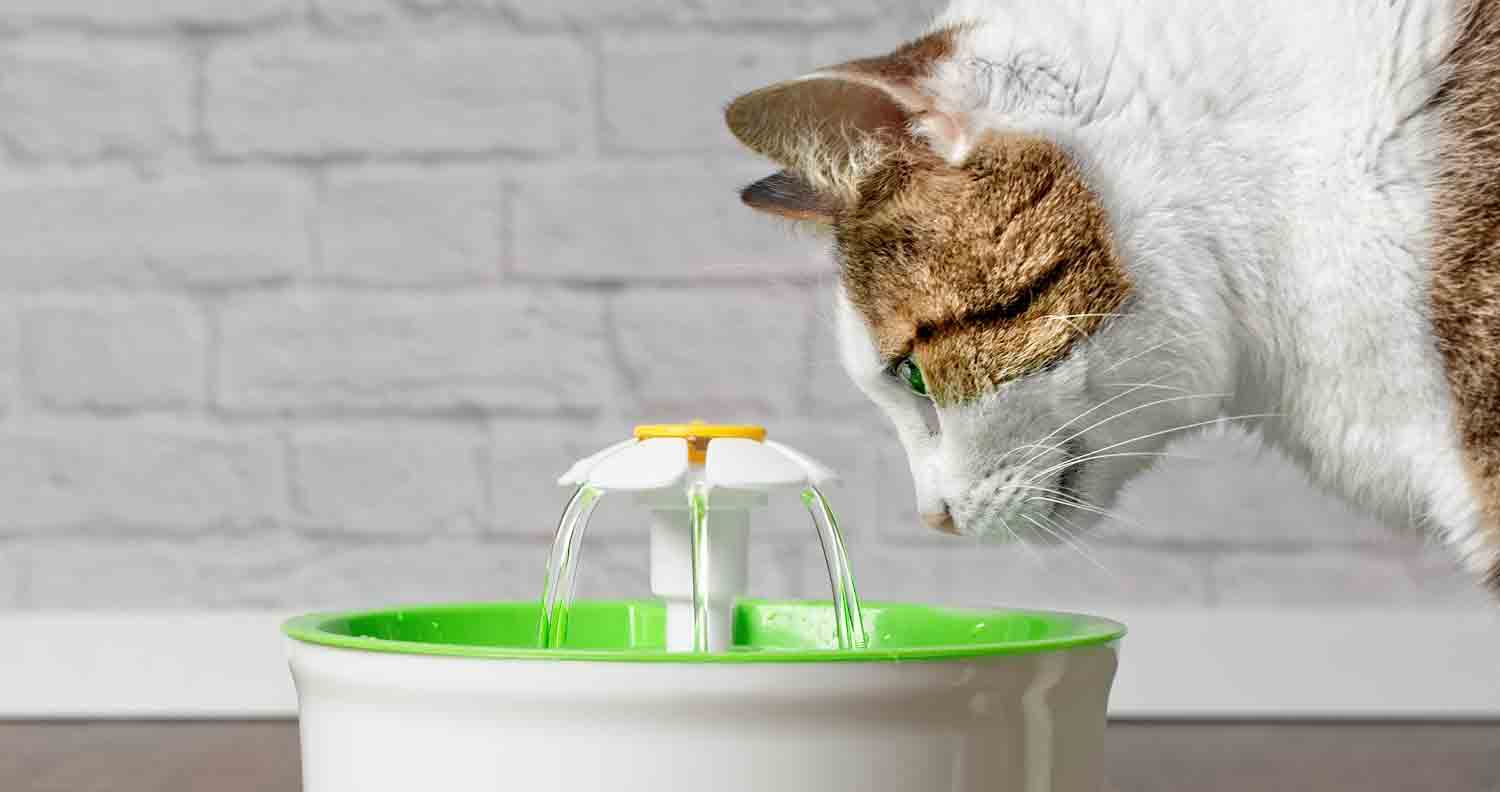
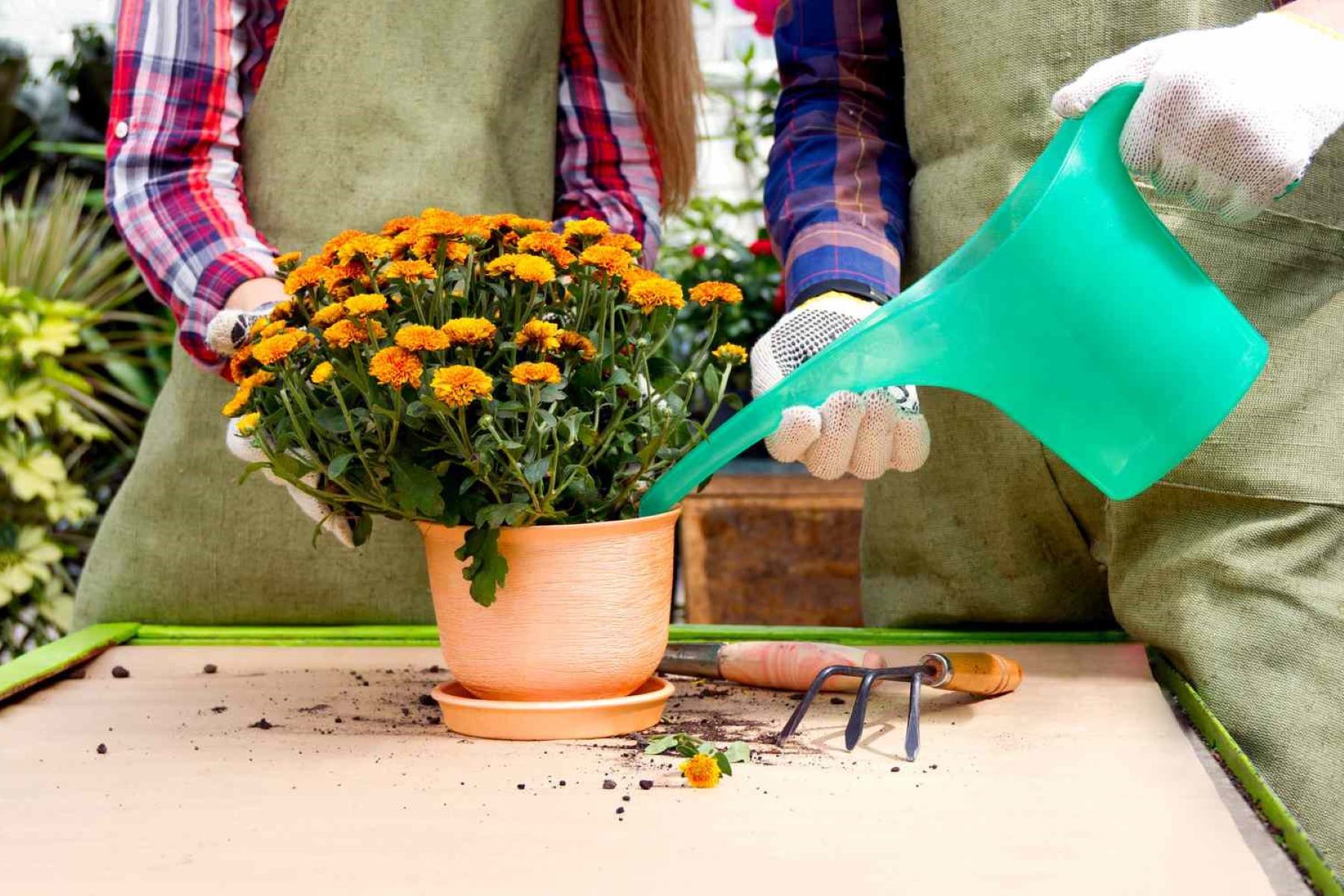
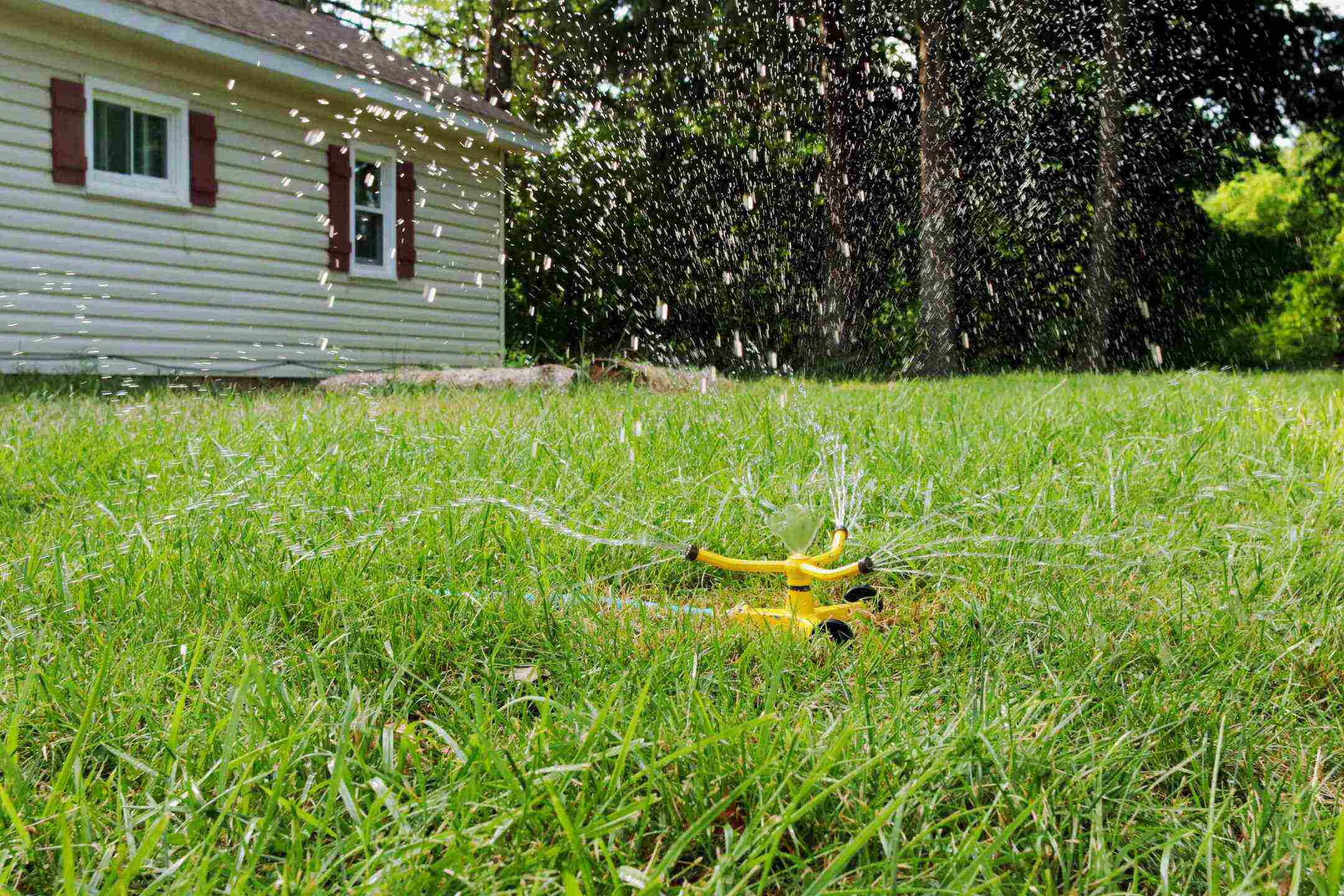
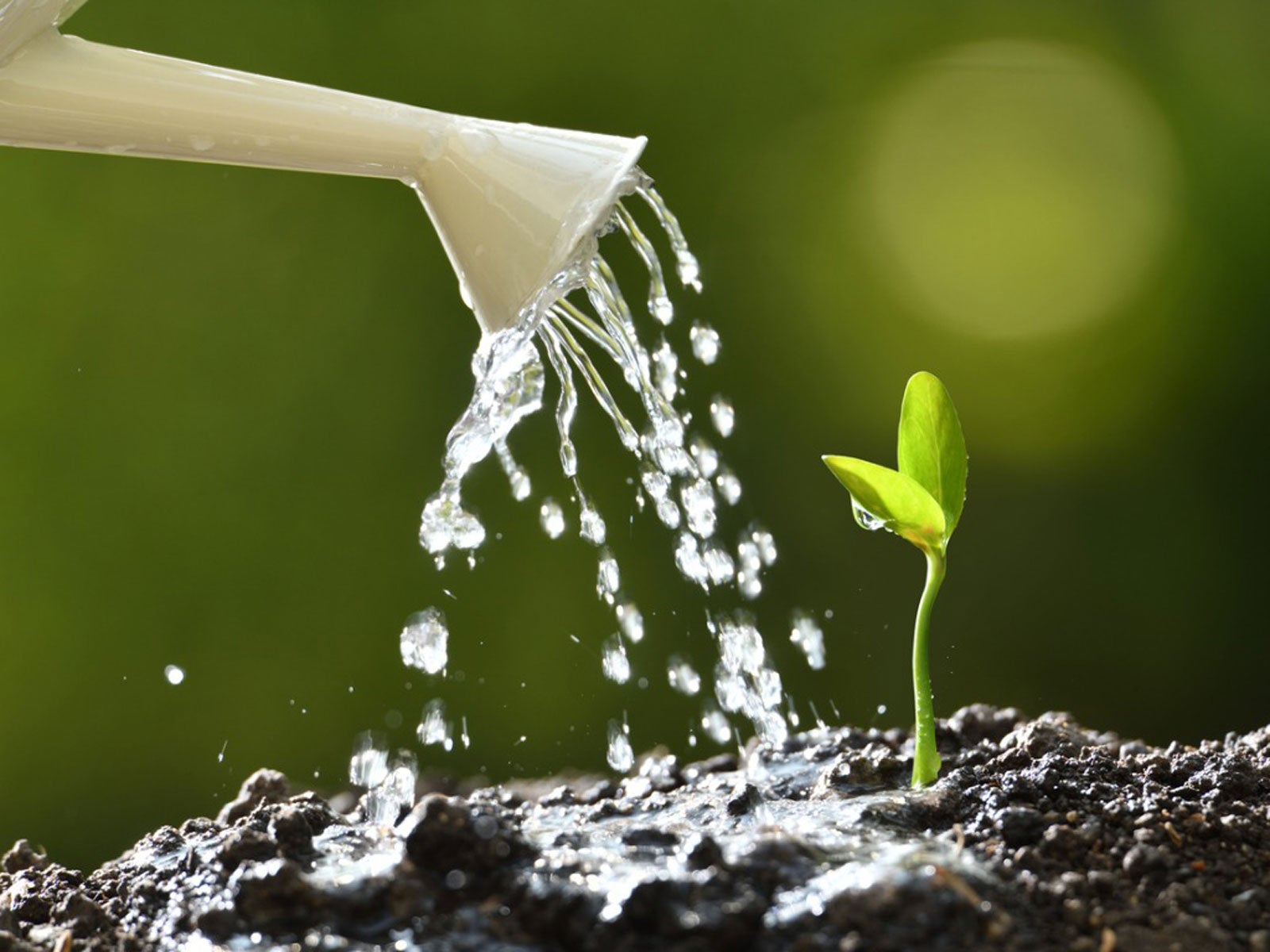

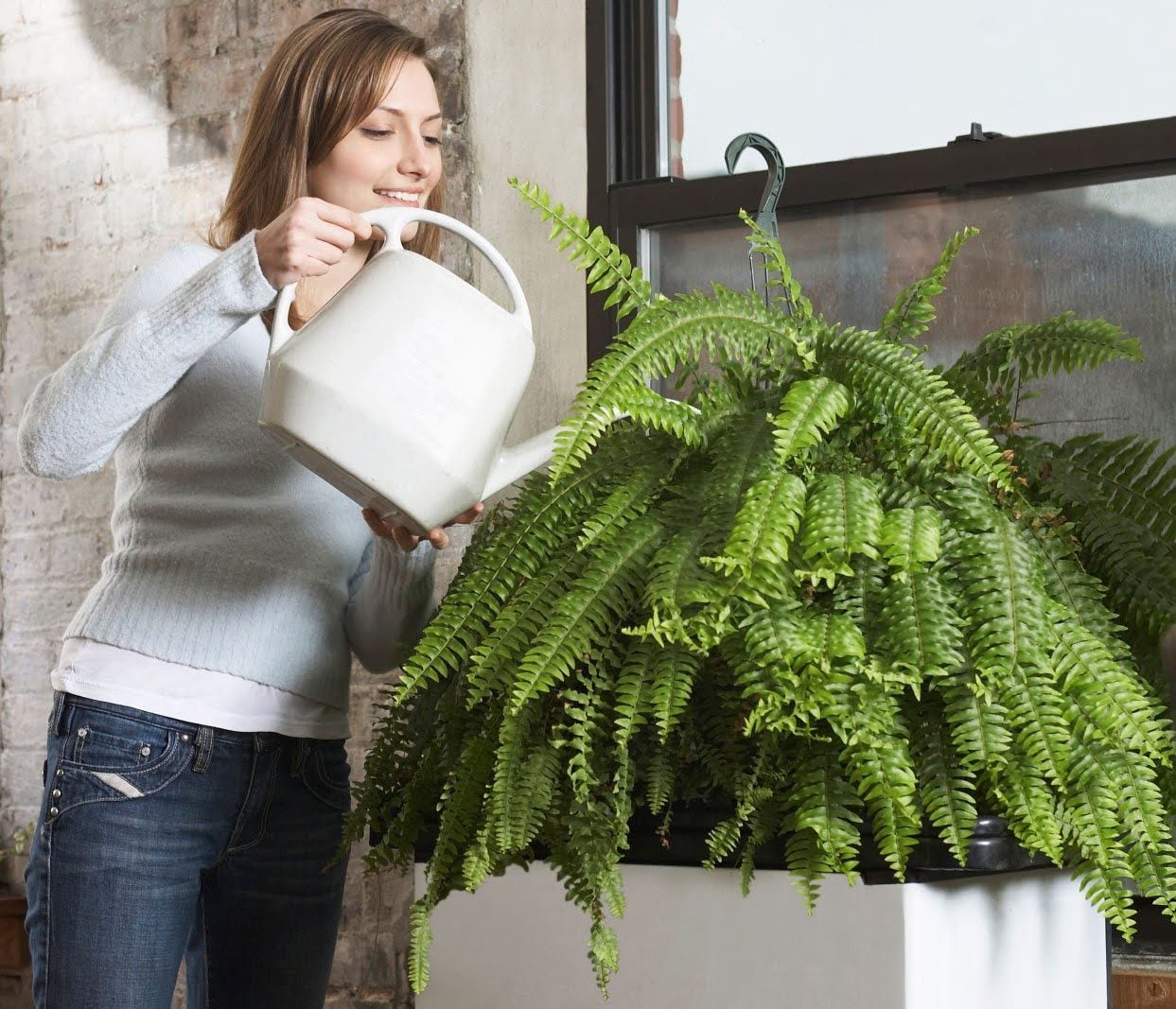
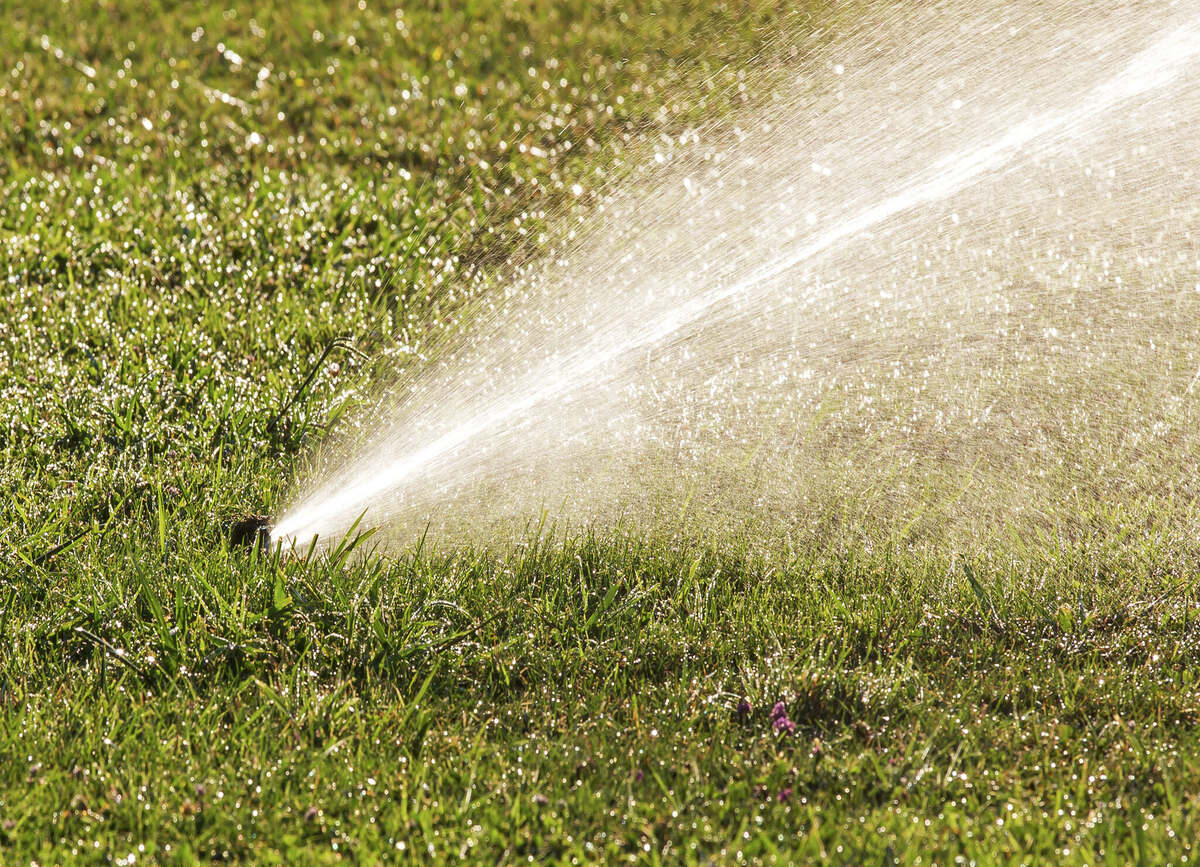
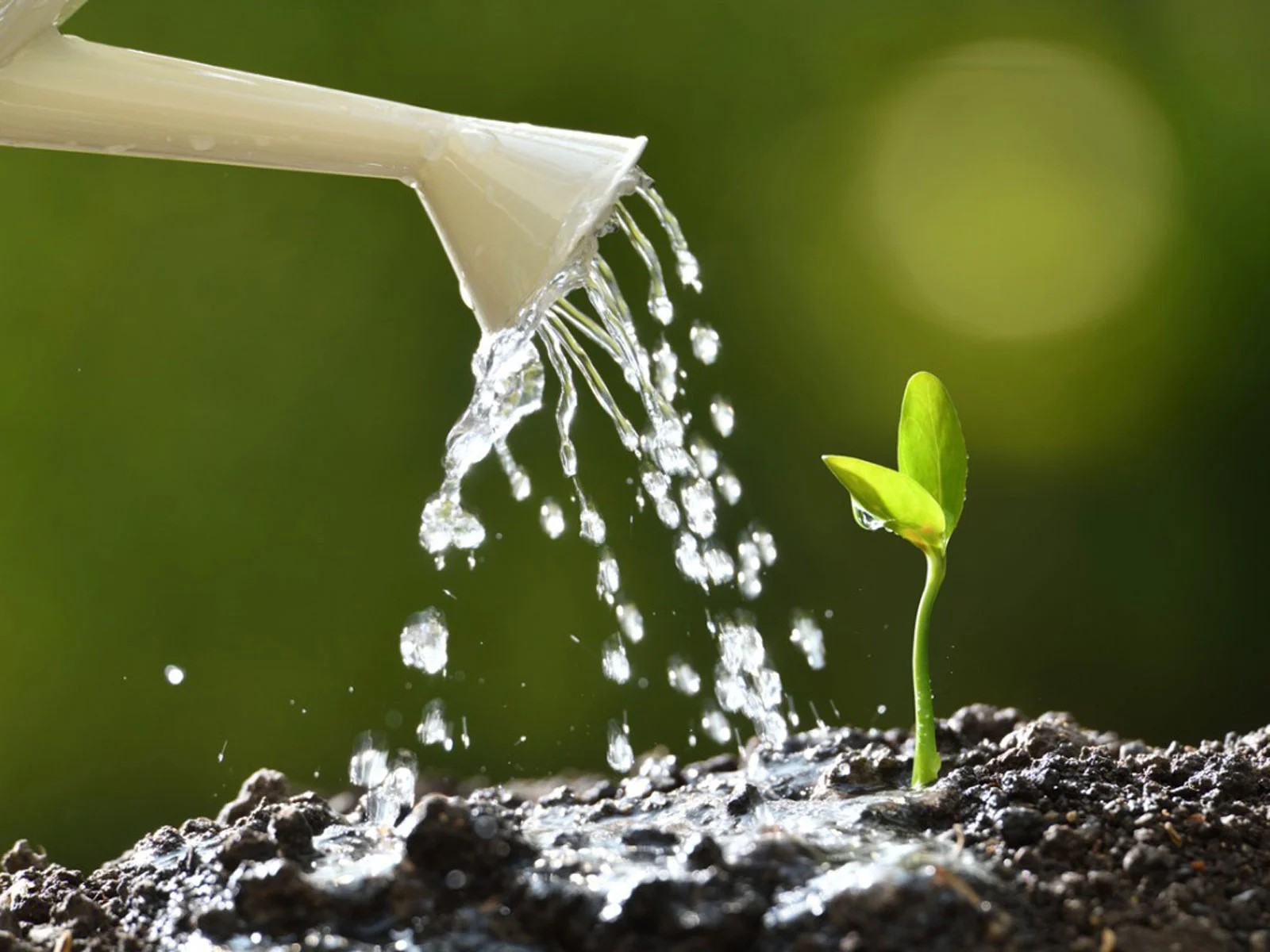
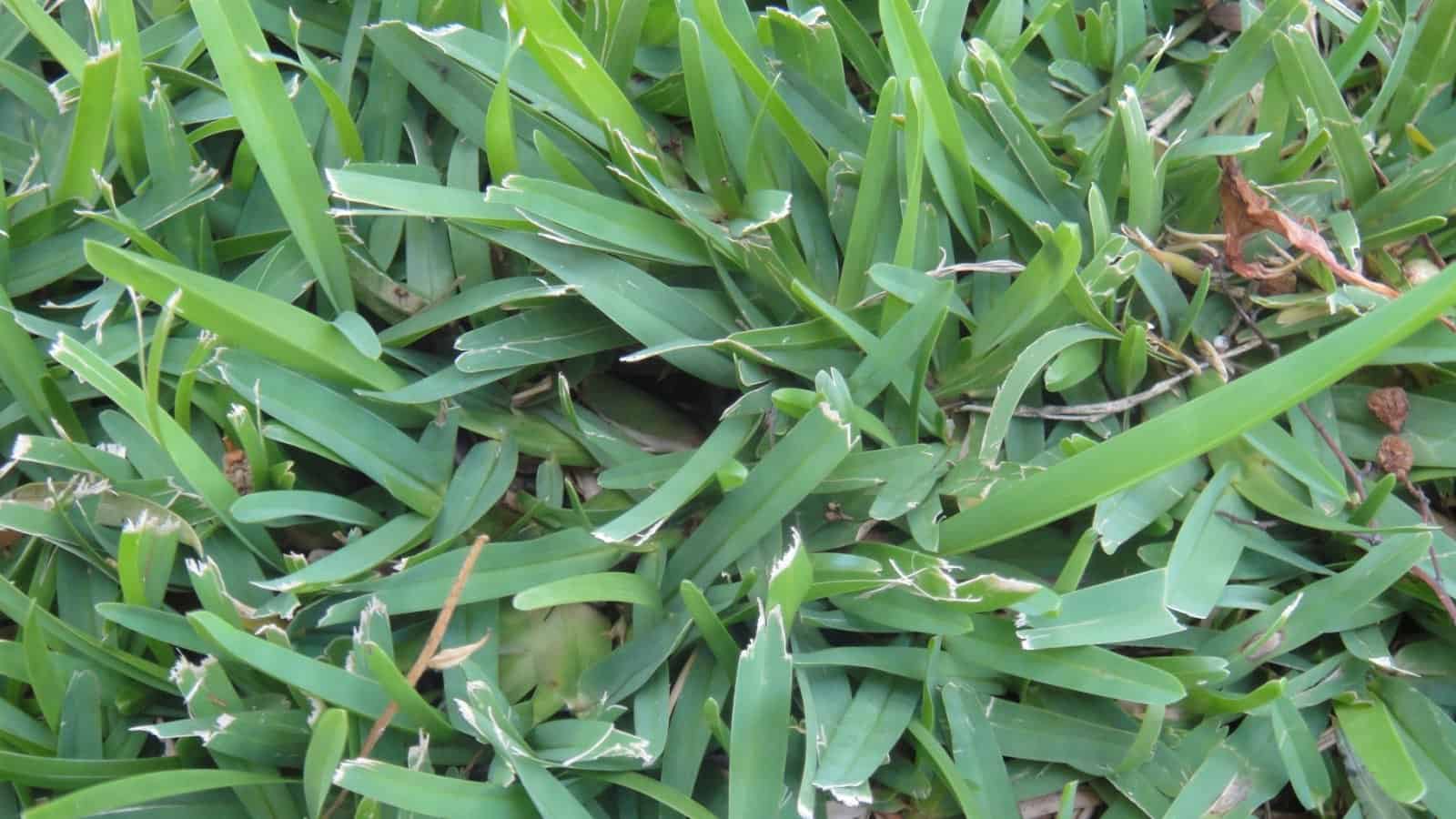



0 thoughts on “How Often To Water Thyme”